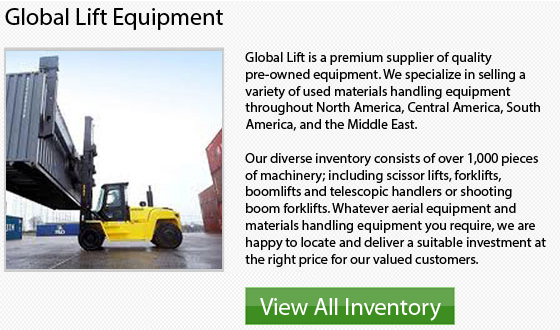
Typically the base that is bolted into a big concrete pad provides the necessary support for a tower crane. The base is attached to a tower or a mast and stabilizes the crane which is attached to the inside of the building's structure. Usually, this attachment point is to an elevator shaft or to a concrete lift.
Generally, the mast is a triangulated lattice structure measuring 10 feet square or 0.9m2. The slewing unit is connected to the very top of the mast. The slewing unit is made of a motor and a gear that enable the crane to rotate.
Tower cranes may have a max unsupported height of 80m or 265 feet, while the tower crane's maximum lifting capacity is 16,642 kg or 39,690 lbs. with counter weights of 20 tons. Additionally, two limit switches are utilized to be able to ensure the operator does not overload the crane. There is also another safety feature called a load moment switch to make sure that the operator does not surpass the ton meter load rating. Finally, the tower crane has a maximum reach of 230 feet or 70 meters.
There is certainly a science involved with erecting a tower crane, particularly due to their extreme heights. First, the stationary structure has to be transported to the construction site by using a big tractor-trailer rig setup. Then, a mobile crane is utilized in order to assemble the machinery portion of the crane and the jib. Afterwards, these sections are connected to the mast. The mobile crane next adds counterweights. Forklifts and crawler cranes may be a few of the other industrial machinery which is used to erect a crane.
Mast extensions are added to the crane as the building is erected. This is how the height of the crane is able to match the building's height. The crane crew uses what is known as a climbing frame or a top climber which fits between the slewing unit and the top of the mast. A weight is hung on the jib by the work crew in order to balance the counterweight. Once complete, the slewing unit can detach from the top of the mast. In the top climber, hydraulic rams are utilized to adjust the slewing unit up an additional 20 feet or 6.1m. After that, the operator of the crane uses the crane to insert and bolt into position one more mast part piece.